Just like vinyl: Publishers, collectors, readers believe zines and printed magazines will not go out of style

Mr Timothy Wee, a lecturer and an avid zine collector, at the Lasalle College of Arts on May 23, 2024.
SINGAPORE — For 37-year-old Timothy Wee, he is drawn to zines because of the “connection and intimacy” they bring, and their tactility that a digital screen cannot replicate.
“The screen is great — you can add interactions and all that — but this is very tactile and, I feel, intimate. Only one person can read it at a time,” he said.
The lecturer in design communication at Lasalle College of the Arts has collected zines focused on skateboarding and photography for more than a decade.
Zines, or fanzines, refer to independently published magazines that are often non-commercial and homemade or self-published in small circulation numbers.
Today, Mr Wee’s collection runs from zines he has sourced both here and overseas to ones he has self-published, and even zines created by his students.
The zines are largely centred on his hobbies of skateboarding and photography, though he also owns zines that cover topics such as living in the time of the Covid-19 pandemic and dealing with grief and regret over the loss of a loved one.
Passion for printed magazines and its subset of zines — shared by readers and collectors such as Mr Wee — has been brought to the forefront in recent weeks.
When Holland Village icon and landmark Thambi Magazine Store shuttered on May 5 after more than 80 years in business, there was a public outpouring of sadness and empathy, with many questioning what the future of print magazines would be.
Publishers and collectors in Singapore, however, told TODAY that they believe it is unlikely that demand for zines and printed magazines would be completely stamped out anytime soon.
While he described Thambi’s closure as “bittersweet”, Mr Wee said: “I’m not really afraid of the printed matter dying out, because there will always be people who want to keep it, or who desire that connection and intimacy — that physical interaction of handing someone a zine that they bought from you or you buying a zine from someone.”
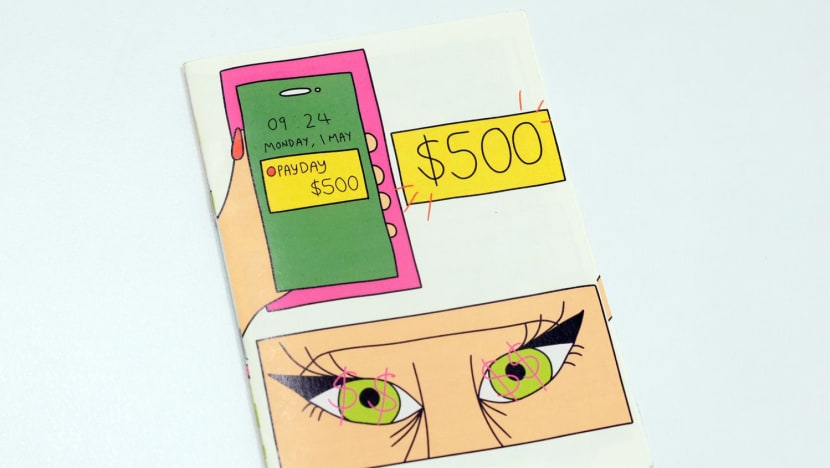
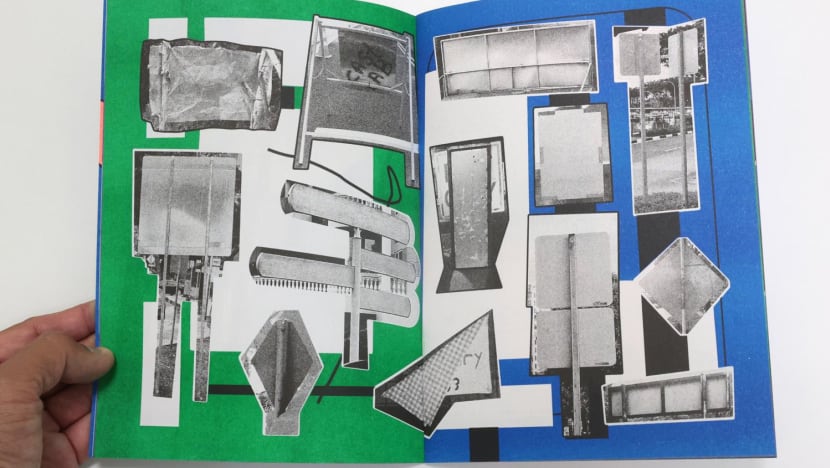

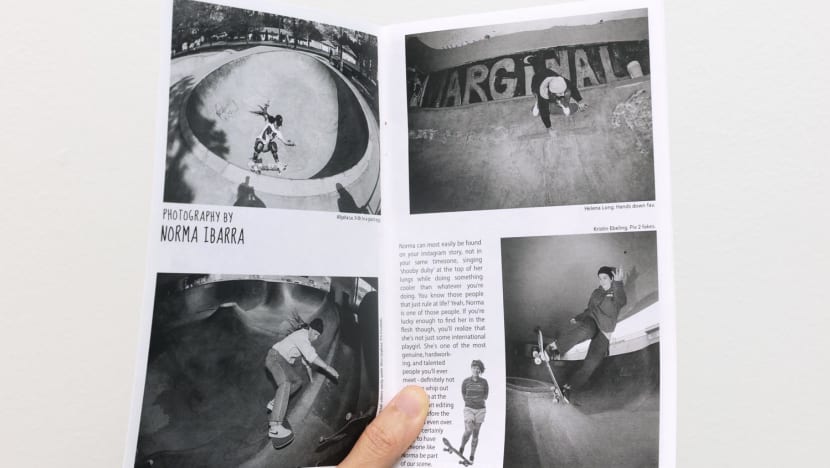
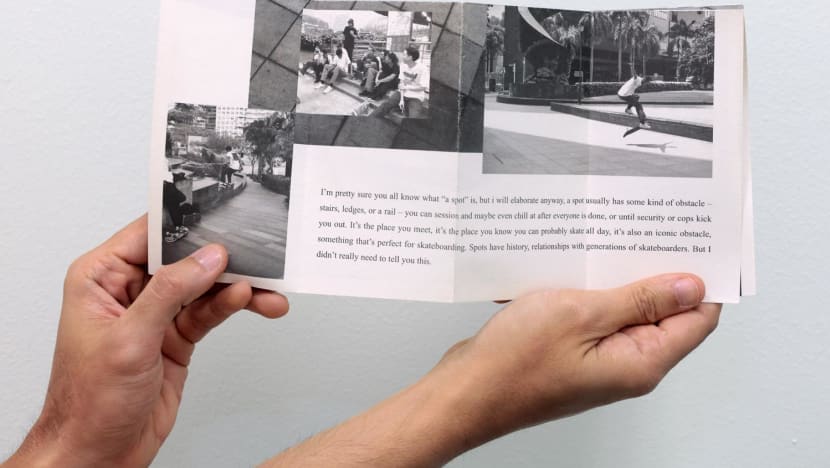
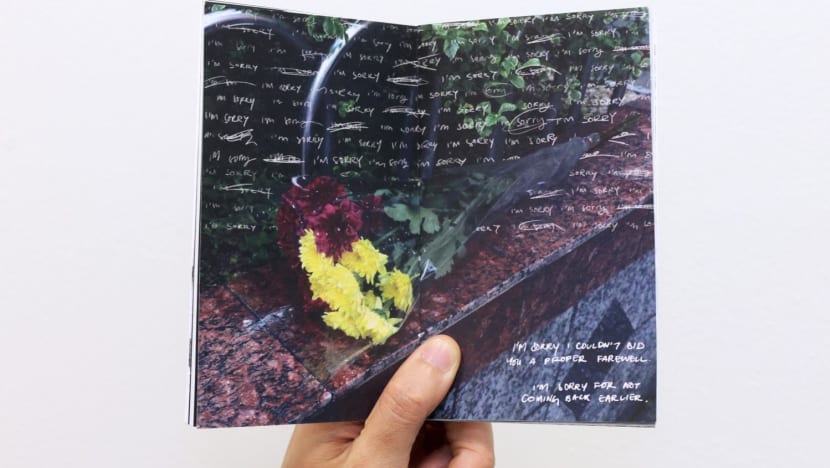
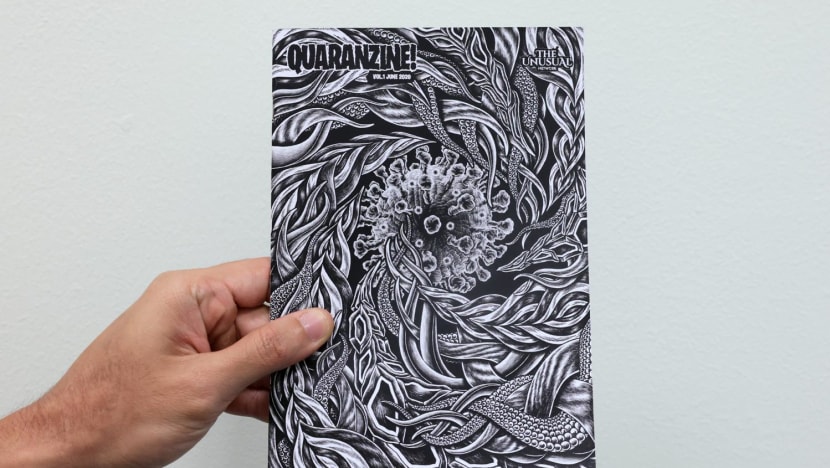

And Mr Wee is not alone in having such sentiments.
Project manager Sasitharan Alphonse, 43, has bought and subscribed to various print magazines for several years, including The New Yorker, Literary Review, The Atlantic and Time magazines.
For the last two to three years, he has subscribed to physical copies of international film magazine Sight and Sound despite it being more expensive than an online subscription of the same.
He picks up his monthly subscription in-person from the Basheer Graphics bookstore at Bras Basah Complex, because it also gives him the opportunity to browse other magazines on display.
“For me, it gives some sort of emotional attachment when you hold the magazines in your hand,” Mr Alphonse said, adding that he prefers to collect and physically display magazines where it is content that he especially enjoys.
This has led him to continue buying printed magazines in spite of the space constraints he has at home.
Mr Alphonse said that the issue of what to do next with his growing collection is something he constantly faces, but he ultimately does not see himself moving away from printed magazines anytime soon.
“I still prefer to have it in hand. Anytime I want to, I can go back and see it for reference.”
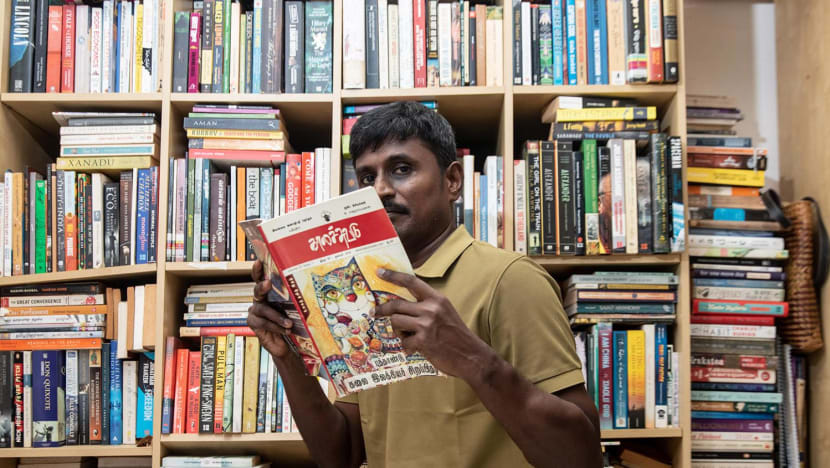

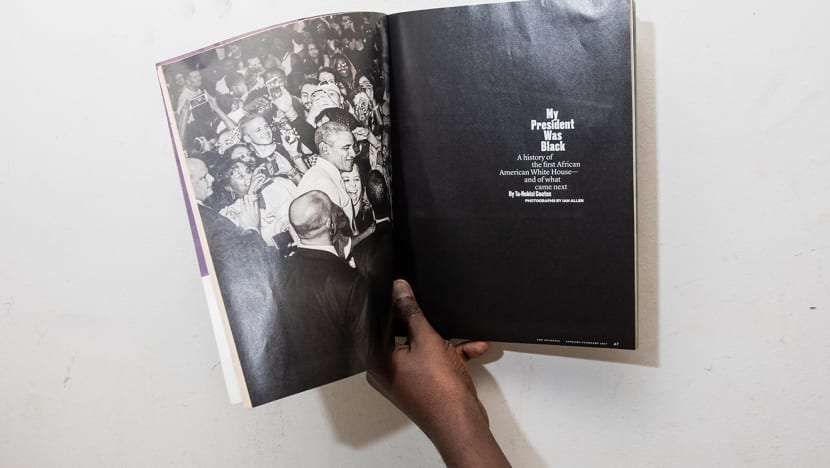

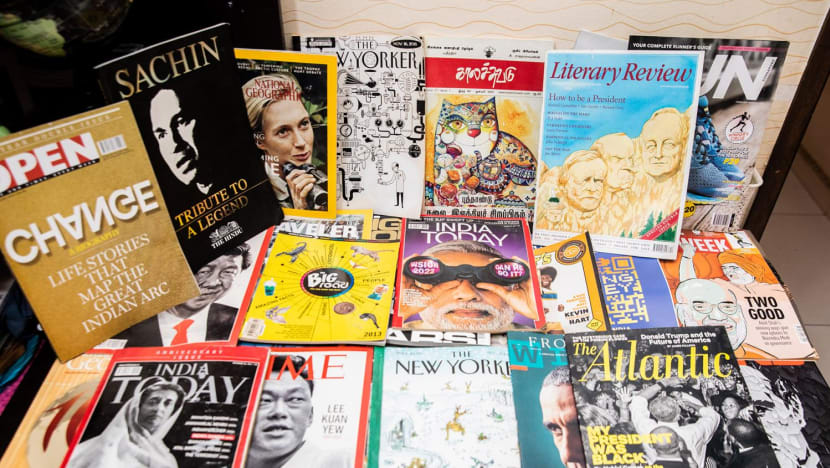
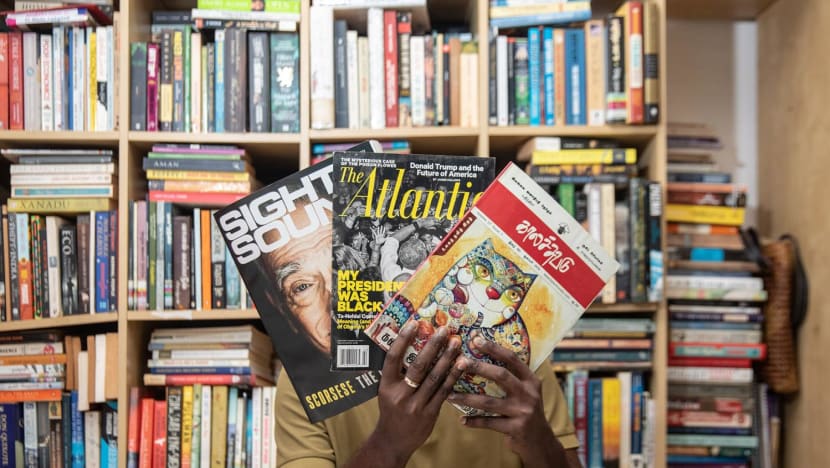
‘FEEL HUMAN’, BUILD CONNECTIONS
Many people in the community believe that the love for the printed magazine is still very much alive.
Writer and translator Alicia Tan, who created zines between 2014 and 2018 as part of the creative duo Supponstar, said: “Printed magazines and zines really engage all your senses.
“The thickness and texture of the paper used, the smell of ink, the vibrancy of the colours, the sound the paper makes when you flip a page — all matter.”
A 38-year-old tutor who wanted to be known only as Madam Diana said: “I cannot read digital articles for long.
“If it’s a very short article on Instagram — say two paragraphs — I’m still able to read it online. But once the content gets pretty heavy, I need to hold it in my hand.”
Agreeing, 21-year-old university student Charles Toh said: “Even just tiny things like feeling yourself turn a page, set a book down, or put it aside, these are what occupies a definitive sense of physical space.
“As things get more digitalised and virtual, these ground us in our own reality and make us feel human.”
Members of the community said that a key appeal of printed magazines and zines is also how they connect people, often those who share a mutual love for the same subculture.
“When you are the person selling the zine, you know who is receiving it,” Mr Wee said.
“Most of my zines are collected through fairs, so when I buy it from a fair, I’m seeing the person who created it and I’m talking to them and connecting with them on that level as well.”
Mr Pann Lim, 51, whose family of four has collectively created the Rubbish Famzines series since 2013, said that they also try to take part in the Singapore Art Book Fair every year.
The co-founder and creative director of design and advertising agency Kinetic Singapore added: “We have even seen some of our readers grow from singles to now becoming married, and some of them even have kids.
“We know that we are just doing (the zines) for us, but other than us, there are also people who are looking forward to the next issue. And I think that’s a really good reason for us to keep making them.”
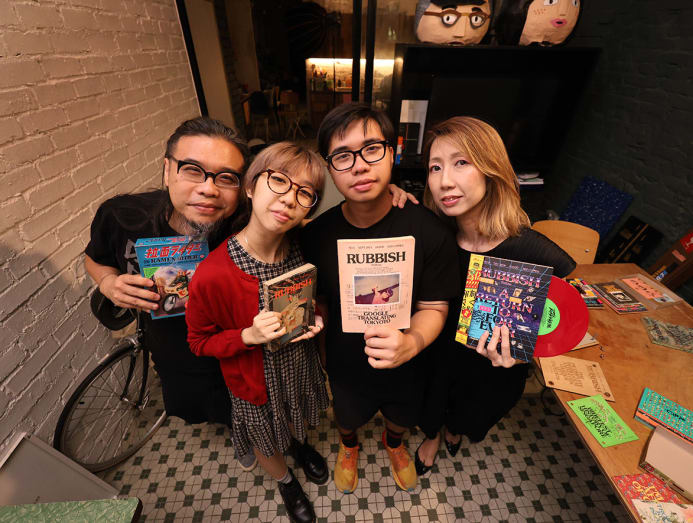
KEEPING PRINT ALIVE WITH ZINES
Mr Abdul Nasser, the owner of Basheer Graphics bookstore, said that the shop’s sales of printed magazines have fallen over the years, but there continues to be a steady demand for independently published zines.
Such a trend is inevitable, especially since some of the more commercialised printed magazines have gone online and ceased their print run, he noted.
Many zines, however, are handmade or self-produced and often only available as physical copies. They are also limited in quantities, and so are sought after as collectibles, he added.
Agreeing, Ms Tan said that Supponstar had seen interest and sales for zines rise in recent years, compared to when it first started out in 2014.
“We didn’t sell many copies in the 2014 Tokyo Art Book Fair, aside from our bilingual The Underwear Zine, but we saw a significant rise in sales when we took up a booth at the 2018 Singapore Art Book Fair.”
The duo is currently on hiatus, though Ms Tan said that they are in talks about possibly restarting their zine-making.
“There’s definitely a market and demand for zines with either a unique point of view or construction. But consumers are a lot more discerning because honestly, there’s a glut of media right now,” she added.
Regardless, Mr Nasser believes that there will always be a demand for the medium of printed magazines and zines, even if it is just within a niche community.
Likening it to some consumers’ love for vinyl records alongside the growth of online music streaming platforms, Mr Nasser said that there will always be people who will continue to buy printed magazines and zines purely because they value it.
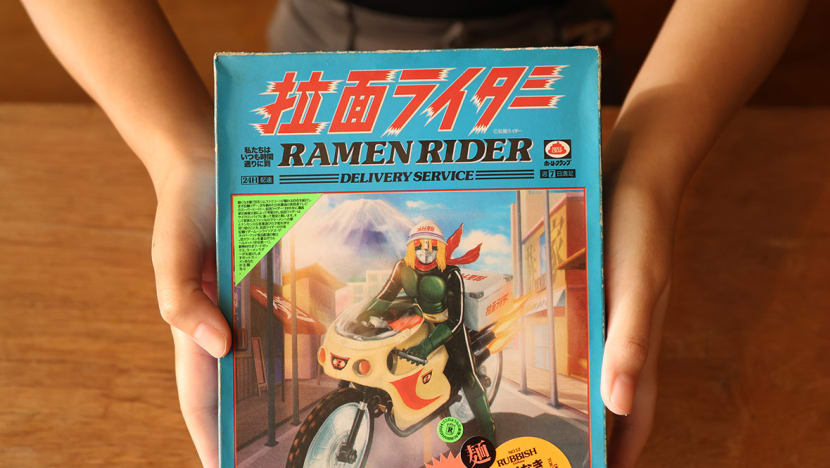
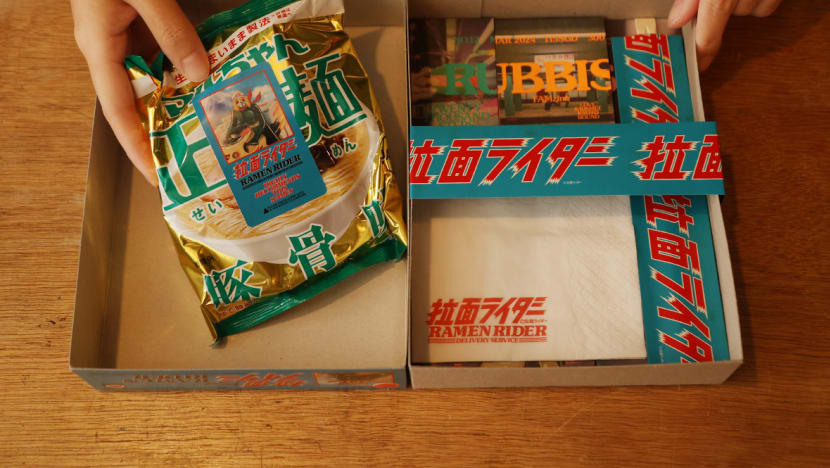
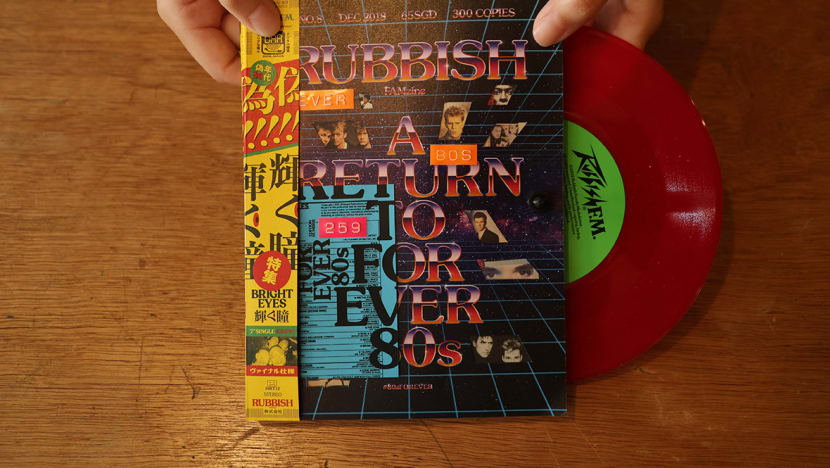

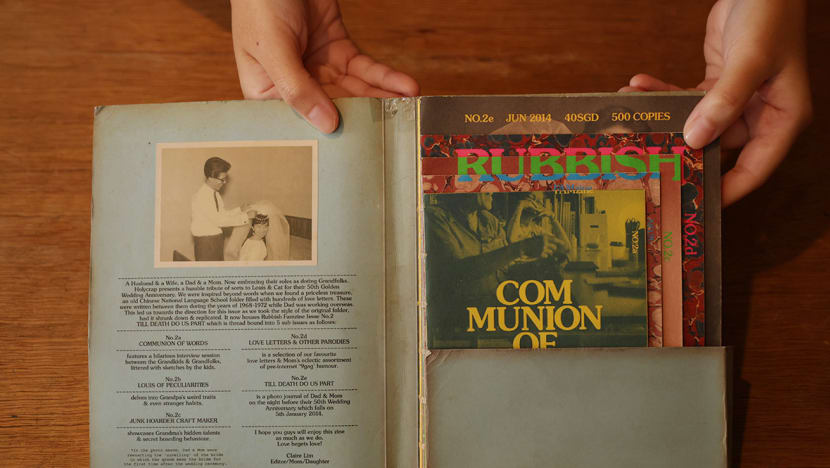


Today, there is still a growing crowd of zine creators in Singapore who are keeping the tradition alive.
One of them is Singaporean poet and editor Tse Hao Guang, 36, who turned to the medium to rally support for emerging writers’ works.
Mr Tse is working with a team of other writers and designers to produce three upcoming literary zines — a “pamphlet series” titled Paper Jam — that will be launched on June 8.
He said that the zine would mainly feature different works in poetry, flash fiction and short fiction.
The team will kick off their maiden zine in June with a 100-copy print run for each of the three pamphlets. After that, they intend to release new issues of the literary zine yearly.
While it is still early days for the team, Mr Tse said that the zine’s pre-order figures are “healthy”.
“As long as there are good ideas and people working in print, I think zines and other printed matter will continue to flourish,” he added.
Agreeing, Mr Lim of Rubbish Famzines said: “Everything can go digital, of course, but we cannot forget the experience of having a physical zine or magazine in front of you — flipping the book, the smell, and everything.”
“It’s just like if you get a food delivery rider to send a cup of latte to you, versus you being at a cafe where you like the ambience, the interior design, and you are having a chat with your friend… The experience will never be the same.”
With print matter getting scarcer today, Mr Lim who is trained as a print designer desires to keep the tradition alive.
“I think print will still be around, because there are many people who love it. But personally, I feel the craft of print will get more scarce.
“So for me, being a person in this industry for close to 25 years doing print, all the more I want to keep it alive… and to also share it with the young.”








